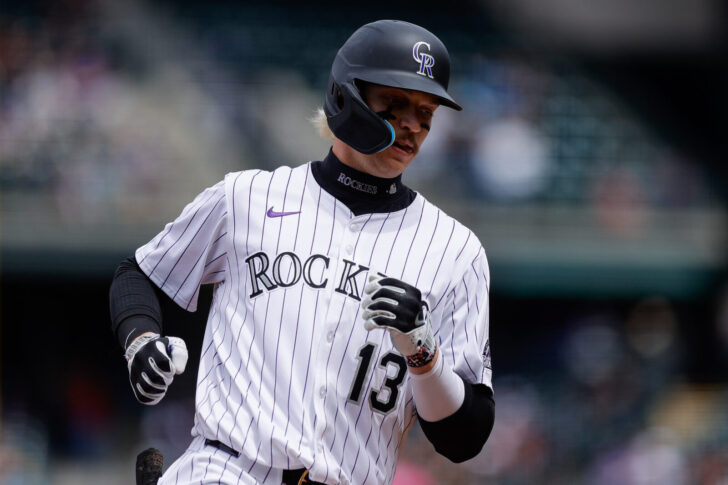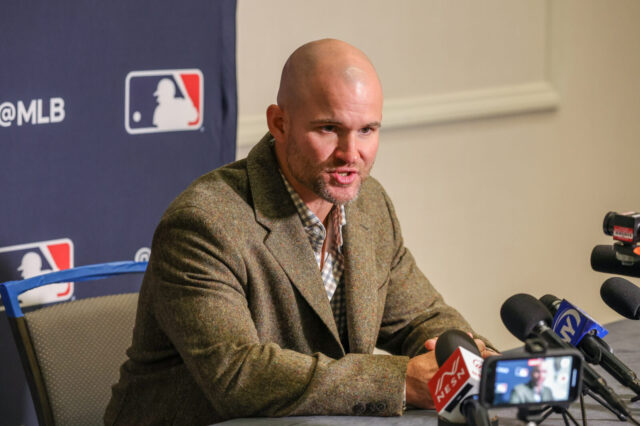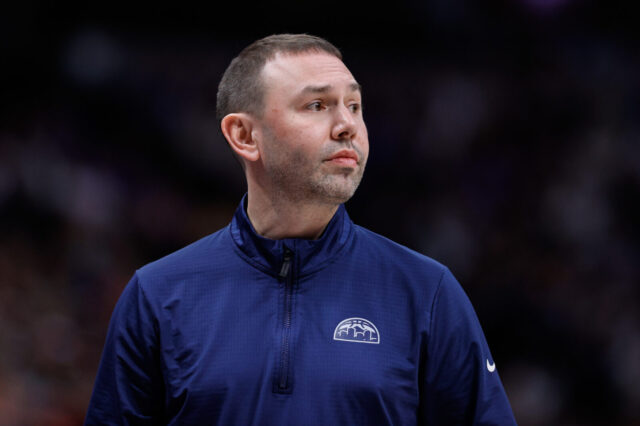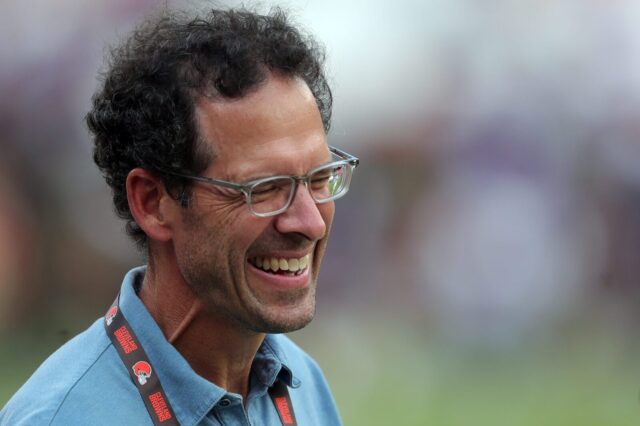Strike 3: The Colorado Rockies can show signs of life and still be in danger of having the worst record in the history of Major League Baseball. Both things can be true. And truth be told, when the season mercifully ends, it won’t matter that much either way.
What will matter is what the Rockies brain trust (whomever that is) plans to do about fixing this mess before next March rolls around. Because regardless of whether or not the Rockies win more than 42 games or not, this train wreck of a season must be learned from and then forgotten about as quickly as possible.
Very soon it will be time to turn the page, in more ways than one. Regardless of whether or not the Rockies season ends with any sort of mini flourish, the fact remains that the team is broken and badly in need of fixing.
So, where do they start?
It will be an easier fix if someone new, with a fresh and objective eye, is brought in to run the baseball side of things. That looked like it was likely to happen a month ago, but since it hasn’t happened yet, confidence among those who are around the team most days that a “baseball ops” guy will become newly employed at 20th and Blake is waning. It’s entirely possible that Bill Schmidt still sits in the GM chair and he and new team president Walker Monfort are making the baseball decisions this winter.
If that turns out to be the case, it will be more difficult – given the team’s historic reluctance to make substantive changes in personnel – for team management to make the kind of difficult decisions they’ve always shied away from making. Decisions like whom to trade and when to trade them.
Colorado has always been reluctant – if not downright stubbornly resistant – to trading “home grown” players, especially younger ones, that they’ve invested in. Players they’ve grown attached to.
But the fact of the matter is simple. If they want to build a contender from the ashes that now exist at Coors Field, they have to let go.
Look at this factually: This is a franchise badly in need of pitching help. Young but developmentally advanced pitching is almost absent from the 40-man roster. Only Chase Dollander fits the mold of a future front-line starter. More Dollander types are critical to any future hopes for success.
Where can they get those guys? Only via the trade route. No free agents will sign here, and any power arms already in the system are multiple years away at best.
In order to bring in a young potentially future standout pitcher, the Rockies will have to give up a young future potentially standout position player, because they do have extras of those sitting around.
For example, during spring training, the buzz surrounded one of the Rockies prized young outfielders, Zac Veen. The MVP of spring training and all that. Except that Veen has still not matured and blossomed into a full time big leaguer as of yet. In the meantime, Tyler Freeman, Mickey Moniak and Yanquiel Fernandez have all passed him by on the Rockies depth chart. Fernandez happens to also be a young and upcoming product of the farm system. In short, Veen is currently no better than fourth on Colorado’s depth chart in right field.
That should make him expendable. It should allow them to trade him over the winter, provided they can get a comparable young talented pitcher back in return.
That’s how it’s supposed to work in baseball.
Keep in mind, Veen – like Brendan Rodgers before him – is someone they’ve grown attached to and don’t want to let go of. And in the past (and present?) they never would have. So have things changed enough with Walker Monfort calling (some of) the shots that the Rockies stagnant front office might consider something like this? Would they consider trading Michael Toglia, the former first-round pick who’s penchant for striking out has overshadowed his prolific power and Gold Glove caliber defense? He’s not replacing Warming Bernabel anytime soon. And then there’s the future emergence of Charlie Condon – probably the first baseman at some point in 2026?
The Rockies also have a glut of infielders. Ezequiel Tovar isn’t going anywhere, but how do you find playing time next season for Ryan Ritter, Kyle Karros, Adael Amador and whatever veterans you bring back? Also, first round draft pick Ethan Holiday is probably only a couple of years away. Whom does he displace in the future?
What about young trading catcher Drew Romo, who’s fallen behind Hunter Goodman and Braxton Fullford on the depth chart?
Believe it or not, there are some positions where the Rockies have something of an abundance of young talent. Their history has been to hold on too long and too tightly (Rodgers) even when a trade (presumably for more pitching) could benefit them greatly.
A new and experienced baseball ops person – from outside the organization – would have no issues making deals like these. The question is, absent a new voice leading the front office, will the Rockies brass be able to get out of their own way, loosen their hold on what they have and make moves that could inch things forward?
If they won’t, next season will be much like this one.





